The Japanese “Gepard”
The Russo-Ukrainian War has brought many insights in a military sense, with the reevaluation of self-propelled anti-aircraft guns being one of them. Despite its obsolete reputation in the age of surface-to-air missiles (SAM), these anti-aircraft guns proved to both effective and cost efficient in intercepting kamikaze drones.
The most notable equipment in this area was the German-provided Gepard, which the Japanese Army (JGSDF) observed with great interest since they operate a similar vehicle – the Type 87 Self-Propelled Anti-Aircraft Gun (SPAAG) also known as the “Guntank” after its resemblance towards a vehicle in the Mobile Suit Gundam series.
- General Overview
| Mass | 38 tons (standard) |
| Length | 7.99m (26.21ft) |
| Width | 3.18m (10.43ft) |
| Height | 4.40m (14.43ft) |
| Crew | 3 people |
| Maximum Speed | 53km/h (33mph) |
| Operational Range | 300km/186miles |
| Armament | 35mm Twin Cannon |
| Firing Range | 4km/2.5miles |
| Unit Price | 14 million USD |
Heavily influence by the German Gepard, the Type 87 SPAAG hosts a 35mm twin cannon capable of firing 1,100 rounds per minute at a maximum effective range of 4km or 2.5 miles. Loaded with 300 rounds each, the cannons are instrumental in not only air defense, but also attacking land targets such as armored vehicles.
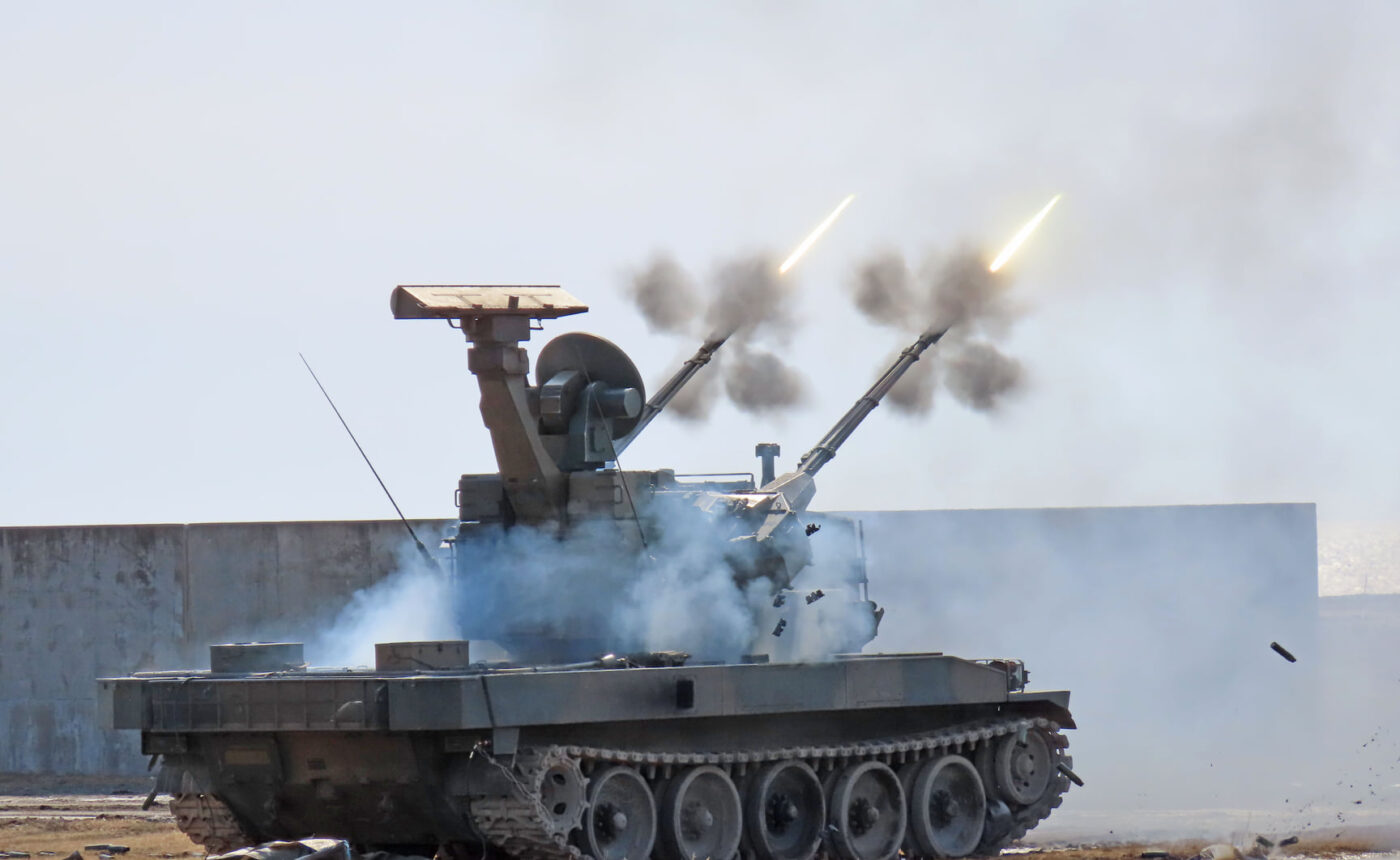 The Type 87 SPAAG firing during exercise (photo: JGSDF)
The Type 87 SPAAG firing during exercise (photo: JGSDF)
The anti-aircraft radar covering an area of 20km/12.5 miles is located on the rear-side of the turret, and can simultaneously seek and intercept airborne targets. This is due to the radar actually being consisted of two specific radars – one for detection and the other for tracking.
In case of electronic jamming by the enemy, the Guntank is installed with a backup optical system using cameras, lasers and infrared tracking devices.
Renewed Purpose for Drone Warfare
Although the Type 87 SPAAG used the same chassis as the Type 74 tank to reduce costs, the final price hovered around 14 million USD, limiting its total number to 52 units.
This number is just 1/10 of the German Gepards and the majority are allocated to the 7th Division stationed in Hokkaido, which is JGSDF’s only armored division.
Currently, the Japanese Gepards have no plans to be updated with SAMs, like seen in other countries, and there seems to be no intention of developing new SPAAGs as well.
Thus, the Type 87 SPAAGs are left to retire without a successor, but the aforementioned accomplishments in Ukraine has revitalized its role in air-defense . Like the Gepard, the Type 87 SPAAGs are now considered effective in drone warfare, and with the still limited number of SAMs, it will remain in service as a cost effective solution.

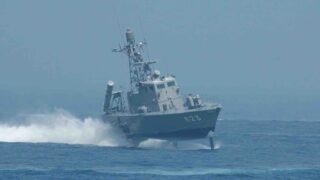


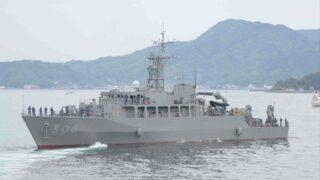
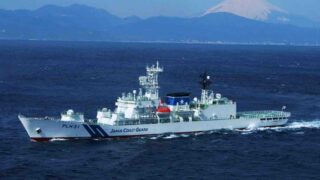
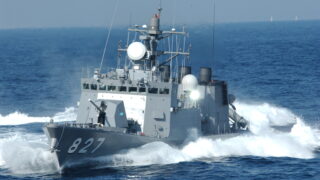

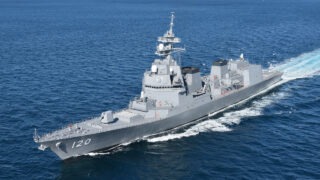
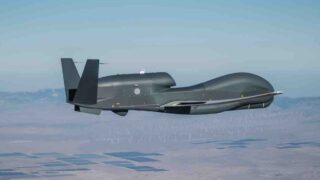

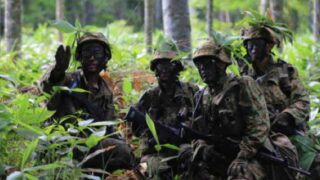
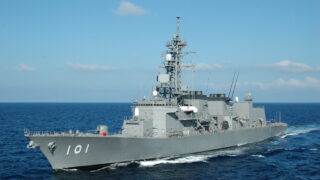
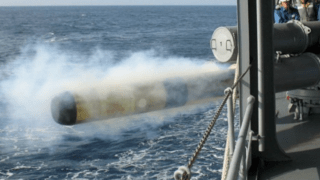
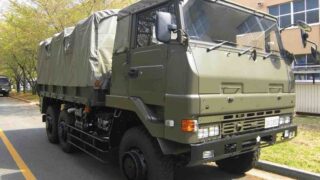
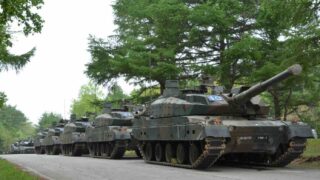
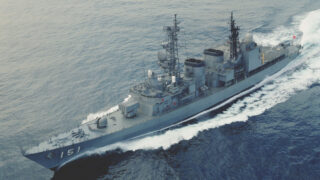
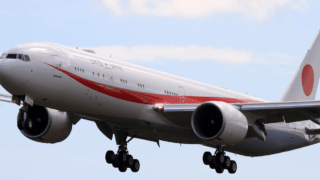
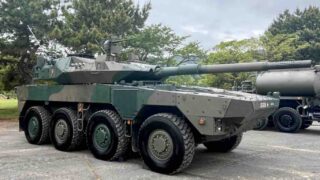
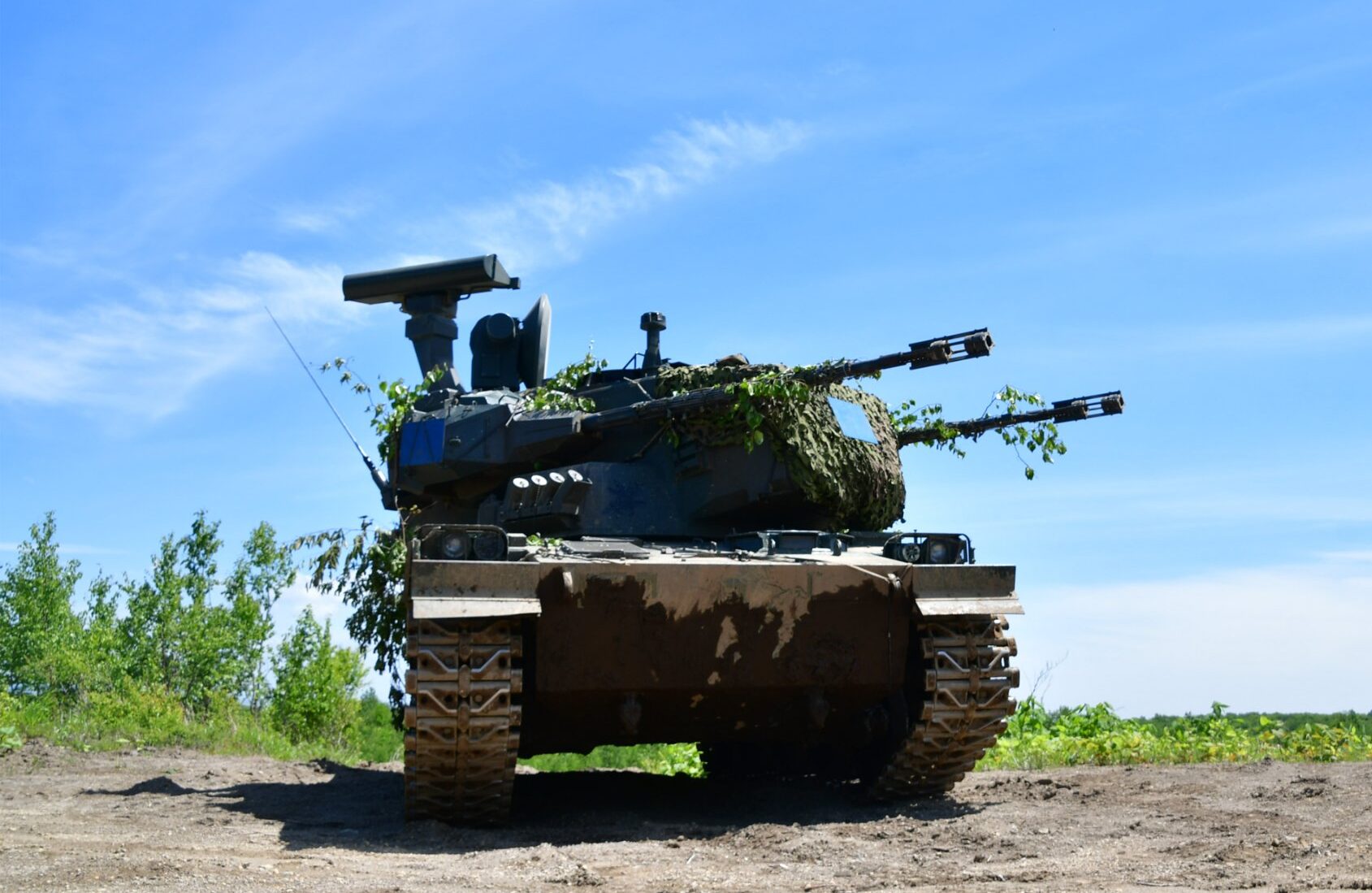
Comments